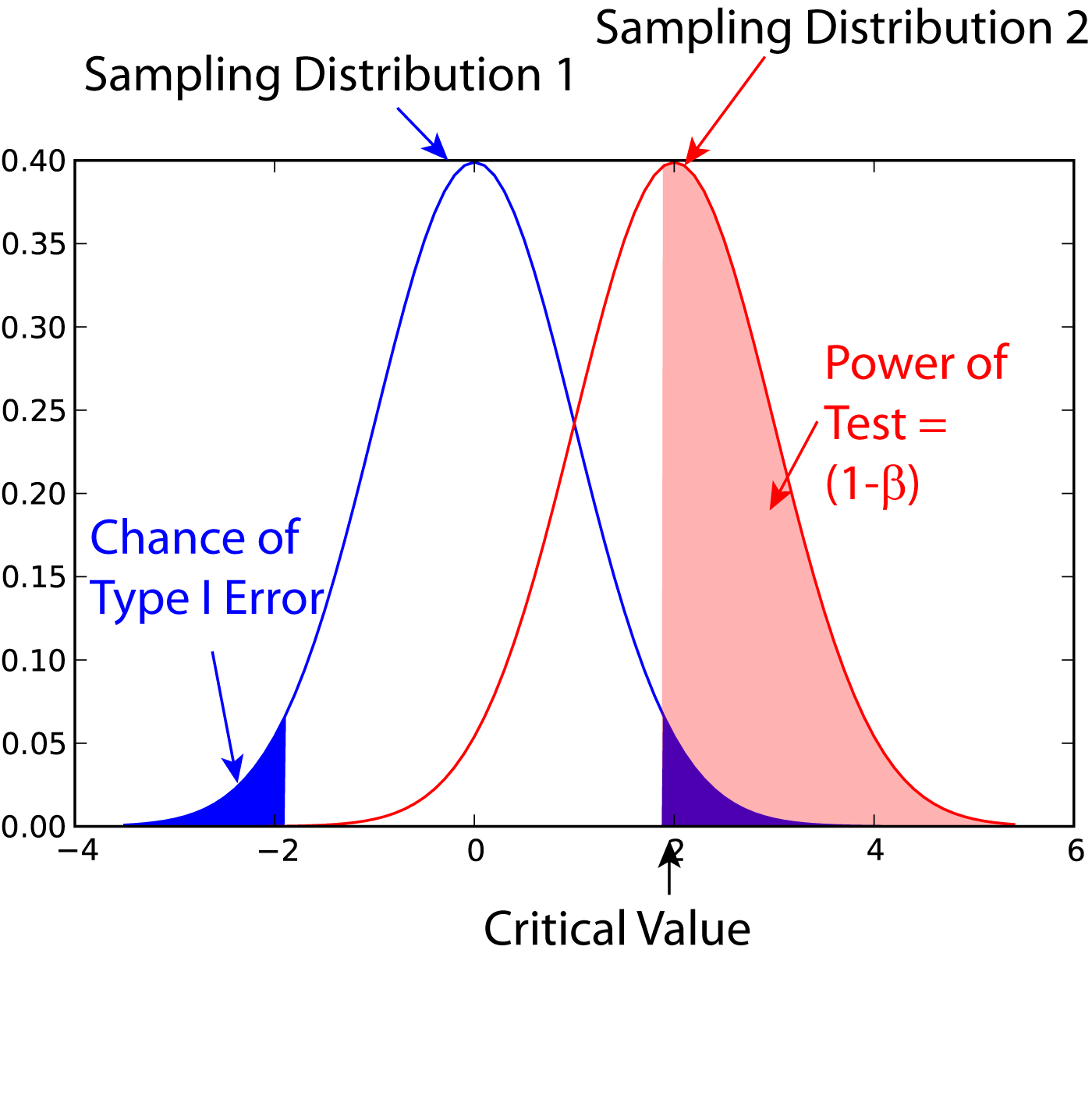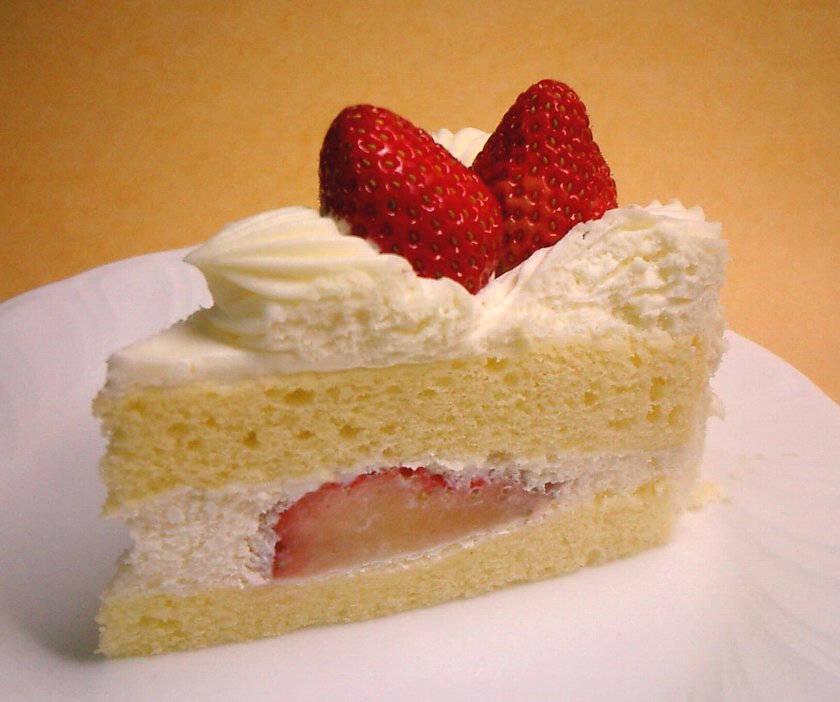|
Discrimination Test
Discrimination testing is a technique employed in sensory analysis to determine whether there is a detectable difference among two or more products. The test uses a group of assessors (panellists) with a degree of training appropriate to the complexity of the test to discriminate from one product to another through one of a variety of experimental designs. Though useful, these tests typically do not quantify or describe any differences, requiring a more specifically trained panel under different study design to describe differences and assess significance of the difference. Statistical basis The statistical principle behind any discrimination test should be to reject a null hypothesis (H0) that states there is no detectable difference between two (or more) products. If there is sufficient evidence to reject H0 in favor of the alternative hypothesis, HA: There is a detectable difference, then a difference can be recorded. However, failure to reject H0 should not be assumed to be s ... [...More Info...] [...Related Items...] OR: [Wikipedia] [Google] [Baidu] |
Sensory Analysis
Sensory analysis (or sensory evaluation) is a science, scientific discipline that applies principles of experimental design and statistical analysis to the use of human senses (visual perception, sight, olfaction, smell, taste, touch and Hearing (sense), hearing) for the purposes of evaluating consumer products. The discipline requires panels of human assessors, on whom the products are tested, and recording the responses made by them. By applying statistical techniques to the results it is possible to make inferences and insights about the products under test. Most large consumer goods companies have departments dedicated to sensory analysis. Sensory analysis can mainly be broken down into three sub-sections: * Analytical testing (dealing with objective facts about products) * Affective testing (dealing with subjective facts such as preferences) * Perception (the biochemical and psychological aspects of sensation) Analytical testing This type of testing is concerned with obtain ... [...More Info...] [...Related Items...] OR: [Wikipedia] [Google] [Baidu] |
Flavor (taste)
The gustatory system or sense of taste is the sensory system that is partially responsible for the perception of taste (flavor). Taste is the perception produced or stimulated when a substance in the mouth reacts chemically with taste receptor cells located on taste buds in the oral cavity, mostly on the tongue. Taste, along with olfaction and trigeminal nerve stimulation (registering texture, pain, and temperature), determines flavors of food and other substances. Humans have taste receptors on taste buds and other areas, including the upper surface of the tongue and the epiglottis. The gustatory cortex is responsible for the perception of taste. The tongue is covered with thousands of small bumps called papillae, which are visible to the naked eye. Within each papilla are hundreds of taste buds. The exception to this is the filiform papillae that do not contain taste buds. There are between 2000 and 5000Boron, W.F., E.L. Boulpaep. 2003. Medical Physiology. 1st ed. Elsevier Sc ... [...More Info...] [...Related Items...] OR: [Wikipedia] [Google] [Baidu] |
Nonverbal Communication
Nonverbal communication (NVC) is the transmission of messages or signals through a nonverbal platform such as eye contact, facial expressions, gestures, Posture (psychology), posture, and body language. It includes the use of social cues, kinesics, distance (proxemics) and physical environments/appearance, of voice (paralanguage) and of touch (Haptic communication, haptics). A signal has three different parts to it, including the basic signal, what the signal is trying to convey, and how it is interpreted. These signals that are transmitted to the receiver depend highly on the knowledge and empathy that this individual has. It can also include the use of time (chronemics) and eye contact and the actions of looking while talking and listening, frequency of glances, patterns of fixation, pupil dilation, and blink rate (oculesics). The study of nonverbal communication started in 1872 with the publication of ''The Expression of the Emotions in Man and Animals'' by Charles Darwin. Dar ... [...More Info...] [...Related Items...] OR: [Wikipedia] [Google] [Baidu] |
Audio Compression (data)
Audio most commonly refers to sound, as it is transmitted in signal form. It may also refer to: Sound *Audio signal, an electrical representation of sound *Audio frequency, a frequency in the audio spectrum *Digital audio, representation of sound in a form processed and/or stored by computers or digital electronics *Audio, audible content (media) in audio production and publishing *Semantic audio, extraction of symbols or meaning from audio * Stereophonic audio, method of sound reproduction that creates an illusion of multi-directional audible perspective * Audio equipment Entertainment *AUDIO (group), an American R&B band of 5 brothers formerly known as TNT Boyz and as B5 * ''Audio'' (album), an album by the Blue Man Group * ''Audio'' (magazine), a magazine published from 1947 to 2000 *Audio (musician), British drum and bass artist * "Audio" (song), a song by LSD Computing *, an HTML element, see HTML5 audio See also *Acoustic (other) *Audible (other) *Aud ... [...More Info...] [...Related Items...] OR: [Wikipedia] [Google] [Baidu] |
Ingredient
An ingredient is a substance that forms part of a mixture (in a general sense). For example, in cooking, recipes specify which ingredients are used to prepare a specific dish. Many commercial product (business), products contain secret ingredients that are purported to make them better than competing products. In the pharmaceutical industry, an active ingredient is that part of a Pharmaceutical formulation, formulation that yields the effect expected by the customer. Sovereign state, National laws usually require prepared food products to display a list of ingredients, and specifically require that certain food additive, additives be listed. In most developed countries, the law requires that ingredients be listed according to their relative weight in the product. If an ingredient itself consists of more than one ingredient (such as the cookie pieces which are a part of "cookies and cream" flavor ice cream), then that ingredient is listed by what percentage of the total product ... [...More Info...] [...Related Items...] OR: [Wikipedia] [Google] [Baidu] |
Camouflage
Camouflage is the use of any combination of materials, coloration, or illumination for concealment, either by making animals or objects hard to see, or by disguising them as something else. Examples include the leopard's spotted coat, the battledress of a modern soldier, and the leaf-mimic katydid's wings. A third approach, motion dazzle, confuses the observer with a conspicuous pattern, making the object visible but momentarily harder to locate, as well as making general aiming easier. The majority of camouflage methods aim for crypsis, often through a general resemblance to the background, high contrast disruptive coloration, eliminating shadow, and countershading. In the open ocean, where there is no background, the principal methods of camouflage are transparency, silvering, and countershading, while the ability to produce light is among other things used for counter-illumination on the undersides of cephalopods such as squid. Some animals, such as chameleons and o ... [...More Info...] [...Related Items...] OR: [Wikipedia] [Google] [Baidu] |
Juxtaposition
Juxtaposition is an act or instance of placing two elements close together or side by side. This is often done in order to compare/contrast the two, to show similarities or differences, etc. Speech Juxtaposition in literary terms is the showing contrast by concepts placed side by side. An example of juxtaposition are the quotes "Ask not what your country can do for you; ask what you can do for your country", and "Let us never negotiate out of fear, but let us never fear to negotiate", both by John F. Kennedy, who particularly liked juxtaposition as a rhetorical device. Jean Piaget specifically contrasts juxtaposition in various fields from syncretism, arguing that "juxtaposition and syncretism are in antithesis, syncretism being the predominance of the whole over the details, juxtaposition that of the details over the whole". Piaget writes: In grammar, juxtaposition refers to the absence of linking elements in a group of words that are listed together. Thus, where English uses ... [...More Info...] [...Related Items...] OR: [Wikipedia] [Google] [Baidu] |
List Of Duo And Trio Cocktails
Duos and trios are a family of mixed drinks. A duo contains a spirit and a liqueur; a trio additionally contains a creamy ingredient, commonly cream or Irish cream. This family of drinks is named in Gary Regan's ''The Joy of Mixology''. There is much variation in their ingredients, but their defining feature is that they are somewhat sweet due to their liqueur content. Duos ; B and B: Cognac and Bénédictine ;Black nail: Irish whisky and Irish Mist ; Black Russian: vodka and Kahlúa (coffee liqueur) ;Brave bull: Tequila and Kahlúa ; Dirty mother: Brandy and Kahlúa ;Dubonnet cocktail: Gin and red Dubonnet ;French Connection: Amaretto and cognac ; Godfather: Amaretto and Scotch ; Godmother: Amaretto and vodka ; Green Hornet: Brandy and green crème de menthe ;Royal widow: Crown Royal (Canadian whisky) and amaretto ; Rusty nail: Scotch and Drambuie ;Stinger: Brandy and white crème de menthe ; Vodka stinger: vodka and white crème de menthe ;Widow's cork: Jameson Whi ... [...More Info...] [...Related Items...] OR: [Wikipedia] [Google] [Baidu] |
Confidence
Confidence is a state of being clear-headed either that a hypothesis or prediction is correct or that a chosen course of action is the best or most effective. Confidence comes from a Latin word 'fidere' which means "to trust"; therefore, having self-confidence is having trust in one's self. Arrogance or hubris, in comparison, is the state of having unmerited confidence—believing something or someone is correct or capable when evidence or reasons for this belief are lacking. Overconfidence or presumptuousness is excessive belief in someone (or something) succeeding, without any regard for failure. Confidence can be a self-fulfilling prophecy as those without it may fail or not try because they lack it and those with it may succeed because they have it rather than because of an innate ability. The concept of self-confidence is commonly defined as self-assurance in one's personal judgment, ability, power, etc. One's self-confidence increases as a result of experiences of havin ... [...More Info...] [...Related Items...] OR: [Wikipedia] [Google] [Baidu] |
Statistical Power
In statistics, the power of a binary hypothesis test is the probability that the test correctly rejects the null hypothesis (H_0) when a specific alternative hypothesis (H_1) is true. It is commonly denoted by 1-\beta, and represents the chances of a true positive detection conditional on the actual existence of an effect to detect. Statistical power ranges from 0 to 1, and as the power of a test increases, the probability \beta of making a type II error by wrongly failing to reject the null hypothesis decreases. Notation This article uses the following notation: * ''β'' = probability of a Type II error, known as a "false negative" * 1 − ''β'' = probability of a "true positive", i.e., correctly rejecting the null hypothesis. "1 − ''β''" is also known as the power of the test. * ''α'' = probability of a Type I error, known as a "false positive" * 1 − ''α'' = probability of a "true negative", i.e., correctly not rejecting the null hypothesis Description For a ty ... [...More Info...] [...Related Items...] OR: [Wikipedia] [Google] [Baidu] |
Sweetness
Sweetness is a Taste#Basic tastes, basic taste most commonly Perception, perceived when eating foods rich in sugars. Sweet tastes are generally regarded as pleasure, pleasurable. In addition to sugars like sucrose, many other chemical compounds are sweet, including aldehydes, ketones, and sugar alcohols. Some are sweet at very low concentrations, allowing their use as non-caloric sugar substitutes. Such Sugar substitute, non-sugar sweeteners include saccharin and aspartame. Other compounds, such as miraculin, may alter perception of sweetness itself. The perceived intensity of sugars and high-potency sweeteners, such as Aspartame and Neohesperidin dihydrochalcone, Neohesperidin Dihydrochalcone, are heritable, with gene effect accounting for approximately 30% of the variation. The chemoreceptor, chemosensory basis for detecting sweetness, which varies between both individuals and species, has only begun to be understood since the late 20th century. One theoretical model of sweet ... [...More Info...] [...Related Items...] OR: [Wikipedia] [Google] [Baidu] |
Discriminate
Discrimination is the act of making unjustified distinctions between people based on the groups, classes, or other categories to which they belong or are perceived to belong. People may be discriminated on the basis of race, gender, age, religion, disability, or sexual orientation, as well as other categories. Discrimination especially occurs when individuals or groups are unfairly treated in a way which is worse than other people are treated, on the basis of their actual or perceived membership in certain groups or social categories. It involves restricting members of one group from opportunities or privileges that are available to members of another group. Discriminatory traditions, policies, ideas, practices and laws exist in many countries and institutions in all parts of the world, including territories where discrimination is generally looked down upon. In some places, attempts such as quotas have been used to benefit those who are believed to be current or past victims ... [...More Info...] [...Related Items...] OR: [Wikipedia] [Google] [Baidu] |





.jpg)


